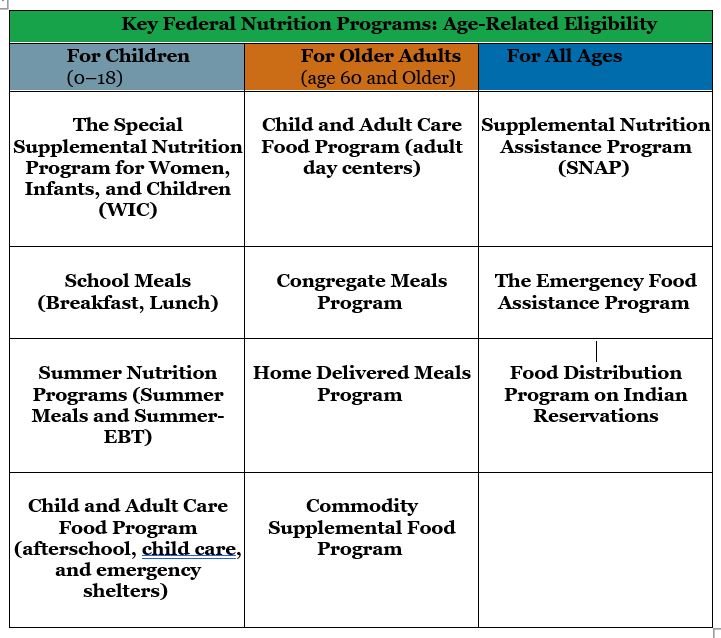November 11, 2022
One of the most important ways we can honor our nation’s veterans is by ensuring they have access to the nutrition they need to thrive.
Millions of veterans face food insecurity. According to a U.S. Department of Agriculture (USDA) Economic Research Service report, 11.1 percent of veterans between the ages of 18 to 64 lived in households reporting food insecurity. After controlling for demographic characteristics that normally predict food insecurity, such as age, educational attainment, and income, this report found that risk of food insecurity is 7.4 percent higher among veterans than nonveterans ages 18–64.
Certain subgroups of veterans are particularly at risk for food insecurity. Pooler et al found 22.5 percent of veterans earning low incomes (e.g., below 200 percent of the federal poverty level) reported food insecurity, especially those that were younger than 65, unemployed, in poor health, or had experienced serious psychological distress.
Higher rates of food insecurity are associated with “medical and trauma-related comorbidities, as well as unmet social needs including housing instability,” according to a study focused on veterans screened by the U.S. Veterans Health Administration. Additionally, this study found that veterans of color and women veterans were at higher risk for food insecurity.
Veterans may be at higher risk of food insecurity because military service and/or resulting work-limiting disability may affect educational attainment and job opportunities, and therefore, earnings. In addition, veterans, especially those who experience combat, have a higher likelihood of poor physical and mental health conditions that may result in higher medical expenses.
The Critical Role of Federal Nutrition Programs
The federal nutrition programs are among our nation’s most important, proven, and cost-effective public interventions to address food insecurity. Yet, too many eligible veterans and their families are missing out on these programs, which include:

Federal nutrition programs alleviate poverty; improve food security, dietary intake and nutrition; and support positive health outcomes, academic achievement, and early childhood development.
Across the nation, 1.2 million veterans participate in the Supplemental Nutrition Assistance Program, our nation’s first line of defense against hunger that helps households put food on the table, while also stimulating the local economy. Yet there are still too many eligible veterans who are missing out. Barriers, such as lack of information about SNAP and other nutrition programs, application challenges, and stigma can impede access. As one study noted, many veterans live by the motto of “making do with what we got” and “expressed strong reluctance to seek assistance from food pantries or similar charitable donations.”
Solutions to Address Food Insecurity Among Veterans
Summoning the political will to address food insecurity among veterans is a critical step, and that will is building. Of note, the White House National Strategy on Hunger, Nutrition, and Health signaled the establishment of a new Office of Food Security within the Veterans Health Administration to tackle the food insecurity rate among veterans. Legislation by the House (H.R. 8888 the Food Security for All Veterans Act) is already pending to codify this office.
To help more veterans access SNAP, the White House National Strategy instructs the Department of Veterans Affairs (VA) to connect eligible veterans with information and SNAP enrollment assistance through VA’s Transition Assistance Program and screening at VA Medical Centers and clinics.
These are encouraging steps to help ensure that no veteran goes hungry, but there is more work to be done. We all have a role to play.
In honor of Veterans Day:
- Share information about the benefits of the federal nutrition programs with the veterans in your life who may be struggling to put food on the table. Visit USDA’s Military and Veterans Families webpage for helpful information.
- Work to decrease stigma by lifting up the federal nutrition programs as critical supports for millions of people — that anyone may need, at some point due to life circumstances; reject policies that stigmatize individuals for using food and nutrition assistance programs; and advocate to strengthen and improve access to the federal nutrition programs.


